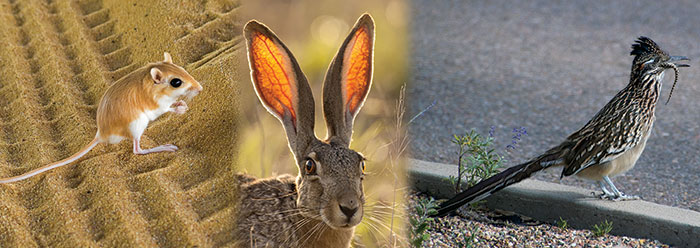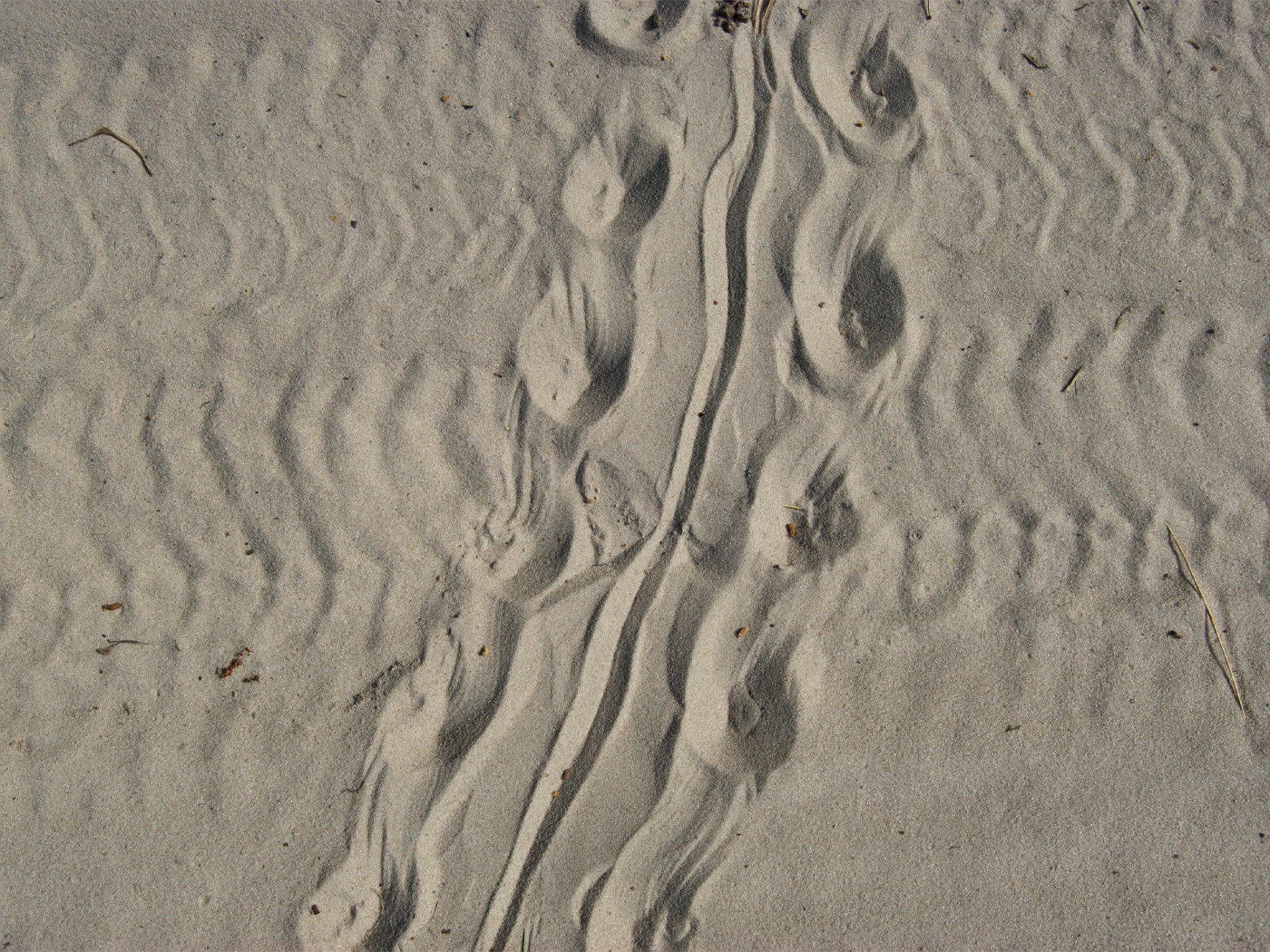The word “desert” usually refers to dry, hot habitat—arid, torrid, and sometimes even horrid.1 Deserts are often deemed uninhabitable and empty.
However, most deserts are far from being void of life, although their inhabitants are fewer and farther between than those of other terrestrial habitats such as forests, grasslands, and wetlands. God has fitted a magnificent variety of creatures to fill desert environments. Here are three examples.
Desert Kangaroo Rat
Kangaroo rats thrive in America’s hot, dry deserts—and they don’t suffer from dehydration. How do they get enough water to survive, since they don’t drink water like almost all other mammals do?
In short, God has designed kangaroo rats to get water from their food, especially the drought-resistant seeds that abound in deserts. By digesting such foods, kangaroo rats produce all the water they need metabolically, and they retain most of it by releasing very little in their urine.2
Black-Tailed Jackrabbit
The sun can provide burning heat, especially in hot deserts such as the Sonoran, Mojave, and Chihuahuan. Yet, the gargantuan-eared black-tailed jackrabbit (also known as the desert hare) lives in those deserts quite nicely. Likewise, its big-eared cousin, the antelope jackrabbit, thrives in the Sonoran and Chihuahuan deserts.
So, what about those huge ears? Do they help jackrabbits live in hot deserts? Yes! The jumbo-size ears are not just for hearing desert noises, although they do that, of course. Rather, the vital benefit for the black-tailed and antelope jackrabbits of having huge and relatively thin ears is how they providentially equip them for shedding excess heat—a very practical trait for desert-dwelling lagomorphs.
Thanks to God’s bioengineering wisdom, these heat-braving bunnies control their body temperatures by radiating out excess heat over the large surface areas of their ears.3
Roadrunner
Roadrunners are fast. These chaparral birds live in deserts and xeric scrub such as sage-dominated shrublands, feeding on bugs, scorpions, lizards, and snakes.
But can roadrunners survive showdowns with diamondback rattlesnakes? Although roadrunners are famous for running from danger, they aggressively attack rattlesnakes face to face—bill vs. fangs!
Amazingly, God has designed the roadrunner so it can speedily aim at the face and fangs of a striking rattler, using its pointed bill to bite and clamp onto the rattler’s open mouth between or behind the upper fangs, lock-biting the snake in a death grip. Then the bird repeatedly thrashes and crushes the serpent’s head against rocks, killing it. The victorious roadrunner then eats the dead diamondback.4
The arid, torrid wastelands that we call deserts are relatively inhospitable for most creatures, yet God has fitted remarkable animals such as desert rats, rabbits, roadrunners, and rattlesnakes to fill desert habitats.5
God loves variety. Desert-dwelling creatures daily demonstrate that fact, for those who have eyes to see.
References
- See Jeremiah 50:12b. Primarily the term “desert” in biome ecology refers to the relative dryness of a habitat, so there are both hot deserts (e.g., Mojave, Sonoran, Chihuahuan deserts in California and adjoining states) and cold deserts (e.g., Great Basin Desert in Nevada). See Oxley, R. and C. Downer. 1994. Deserts. In Habitats. T. Hare, ed. New York: Macmillan, 114: “All deserts are dry, though not always because it rains so little—a desert is defined as an area where more water evaporates than falls as rain.”
- Weston, P. 2004. Kangaroo Rats. Creation. 26 (3): 18-20.
- “[Jackrabbit] blood leaving the ear is significantly cooler than the blood entering the ear. During heat stress, a jackrabbit can increase ear blood flow to very high levels through expanded blood vessels.” Austin, S. 1994. Grand Canyon: Monument to Catastrophe. Santee, CA: Institute for Creation Research, 158-159 (emphasis in original). See also pages 162-163 on the kangaroo rat.
- Roadrunner vs. Rattlesnake. National Geographic video. Posted on nationalgeographic.com.
- Many creatures are providentially fitted to fill hot or cold desert and similar xeric scrub habitats, e.g., the sage grouse, named for its sagebrush-nesting habits and for eating sagebrush buds and leaves. See MacMahon, J. A. 1986. Deserts. New York: Alfred A. Knopf, especially page 583 and plate 545. See also, generally, Schmidt-Nielsen, K. 1979. Desert Animals: Physiological Problems of Heat and Water. New York: Dover Publications, especially pages 204-224 (desert birds) and pages 225-251 (desert reptiles).
* Dr. Johnson is Associate Professor of Apologetics and Chief Academic Officer at the Institute for Creation Research.










